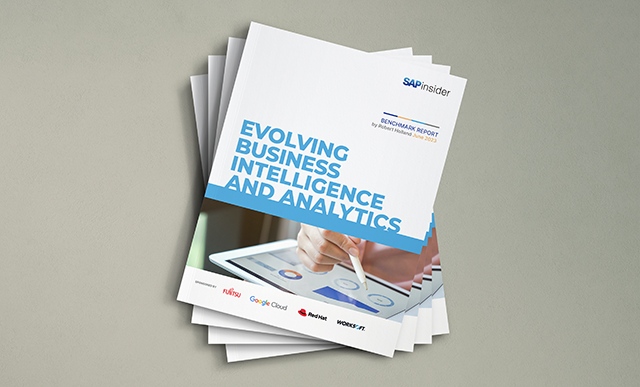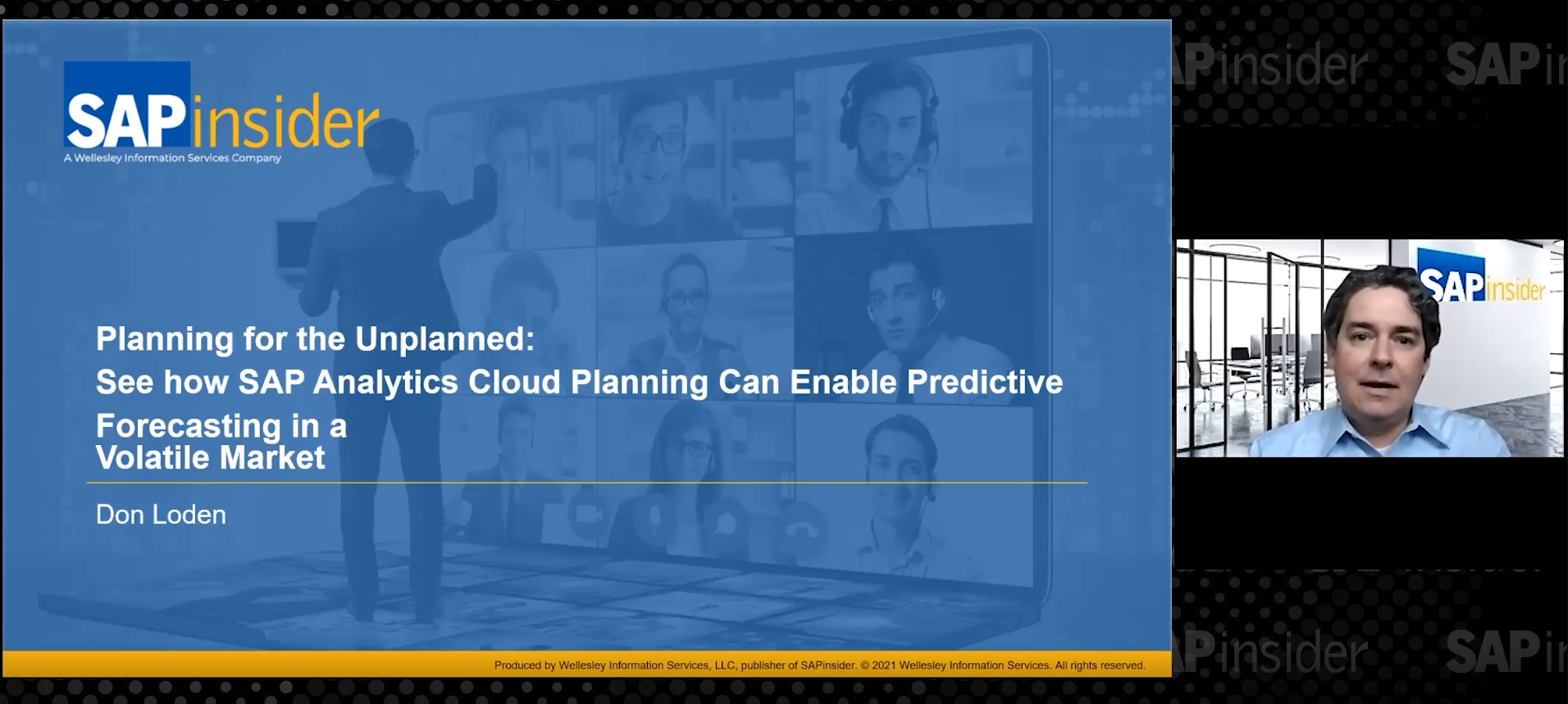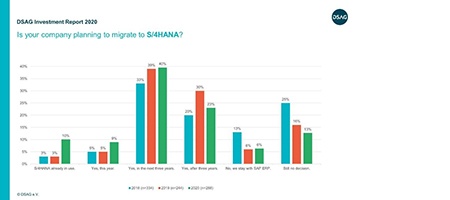Applications + data + AI feature at SAP NOW AI Tour ANZ
Key Takeaways
⇨ A solid and trusted data foundation is essential for AI innovation, as transactional and contextualised data fuels productivity and reduces inefficiencies in fragmented application landscapes.
⇨ SAP's 'best of breed as a suite' strategy aims to provide integrated application and data solutions out of the box, addressing the challenges of data silos that impede organisational productivity.
⇨ Effective data governance is critical to mitigate biases from historical data, emphasizing SAP's commitment to responsible and reliable AI, which is crucial for unlocking potential productivity and competitiveness.
SAP Business Suite and the role of AI was front and centre at the SAP NOW AI Tour Australia & New Zealand event in Melbourne yesterday.
In the opening keynotes Angela Colantuono, President & Managing Director, SAP Australia and New Zealand and Stephan de Barse, President, Business Suite Organisation, SAP, emphasised the importance of contextualised data as the fuel for AI innovation and the next wave of productivity.
“There is no good AI if we don’t fix the data,” stated de Barse.
Explore related questions
“Organisations often have a very fragmented landscape of different applications because of inorganic growth or the drive for preferred functions or slightly better user experience. That obviously creates a lot of effort for your IT team to connect those applications to ensure the information flows from one application to the other – just for you to run your business.”
de Barse noted that 80% of organisational effort was dedicated to managing the “fragile balance between data and apps” and only 20% is invested in generating value for the business.
“We believe that this fragile balance between data and apps breaks down in the age of AI,” said de Barse.

The SAP approach, as announced in Sapphire and reinforced at SAP NOW, emphasises the importance of a solid and trusted data foundation that incorporates both SAP and non-SAP data.
“That data comes together in what we call the SAP Business Data Cloud, where we get SAP data combined with non-SAP data, and in the partnership with Databricks, we can now do much more with the data altogether,” says de Barse.
In a cyclical fashion, the resulting combined data then becomes an input back into the applications and data foundation – what SAP calls “the flywheel”.
“That data foundation is needed to then deliver reliable and trusted business ai. We then infuse that AI back into the core applications that run your businesses to get the flywheel going. What we learned, what is extremely important with the flywheel is the data foundation.”
This compounding approach for data could be the Achilles heel of the flywheel. As noted in the guest keynote from Dr Catriona Wallace, Pioneer in Human-Centred AI & Responsible Tech, LLMs and AI trained on historical data will tends to skew according to the historical data trends. Using analysis of historical data as another input for future analysis is doubling down on the historical trend – potentially further skewing results. Using it in a flywheel fashion potentially accelerates and exacerbates the skew and biases.
Appropriate data governance, guardrails and transparency will be key to reducing the impact of biases embedded in historical data. SAP points to it AI approach – responsible, reliable, relevant – as a counter to these impacts.
Not innovated fast enough
de Barse noted that “admittedly, suite players like SAP have not innovated fast enough, and we have also not provided an integration experience that allowed you to have a seamless integration between the different applications. That then led to the rise of best of breed providers that have now proliferated the landscape.
“We strongly believe that the application layer, while mission critical for your businesses, will be commoditised with AI. We offer what we call best of breed as a suite. It is the ability for you to move to the flywheel and to get the entire suite of applications, data, and AI out of the box.
“It’s all about getting an end-to-end application stack from customer experience, to finance, to HR, to supply chain, to procurement, to ERP out of the box. Combined with that layer of data, to help you put together robust data foundation to then deliver a business AI experience that can not only help you as an organization become more productive, but ultimately delivers impact on your P&L and balance sheet,” stated de Barse.
Australia leading for SAP Business Suite
The Australian market is a prime target for SAP Business Suite due to the number of leading organisation using SAP and the penetration of SAP solutions in each organisation.
“SAP underpins 92% of the ASX 200, …(with)… many of you using at least three applications across HR, Finance, Supply chain, and many, many more. And you are leading the way globally with what we now call SAP Business Suite,” noted Colantuono.

“SAP business AI is embedded directly into our suite, but the opportunity isn’t just about transformation. It’s about acceleration and that real need and boost to productivity.”
Colantuono emphasised the need to “fix your data landscape” and the financial cost of disparate systems.
“The reality is that organisations are spending more money moving data in and out of silos than actually on modern systems, and we know that’s not sustainable. As we know that AI works best when data platform and processes all come together as they do with the SAP Business Data Cloud. Your most critical SAP and non SAP data stays in one place, and importantly in context.
“The opportunity to be more competitive, more agile, more productive, more innovative and sustainable as a business is already here and is powered by SAP.”
What this means to Mastering SAP insiders
For SAP end users, the message from SAP NOW is clear: fragmented systems and poor data foundations are holding back AI potential and business productivity. SAP’s “best of breed as a suite” approach marks a shift toward delivering more integrated, out-of-the-box value across applications and data. Mastering SAP insiders should use this moment to assess their current landscape and prioritise consolidation where possible.
The SAP Business Data Cloud plays a central role, offering a way to unify SAP and non-SAP data in context. This not only powers AI use cases but also supports the “flywheel” model—where clean, contextual data fuels smarter processes. However, this approach heightens the need for data governance to prevent AI bias, making SAP’s focus on responsible AI especially relevant.
The core message: fixing your data is no longer optional. For Mastering SAP insiders across IT, data, and business functions, this is the foundation for unlocking AI-driven productivity, agility, and long-term competitiveness.







